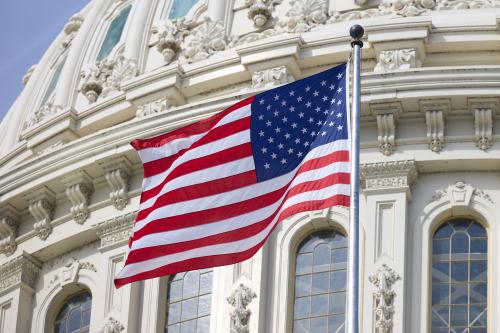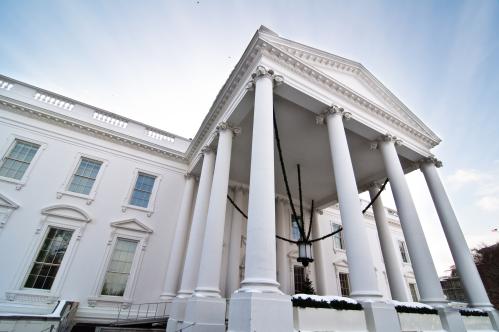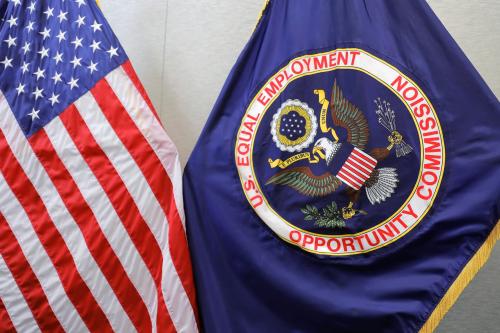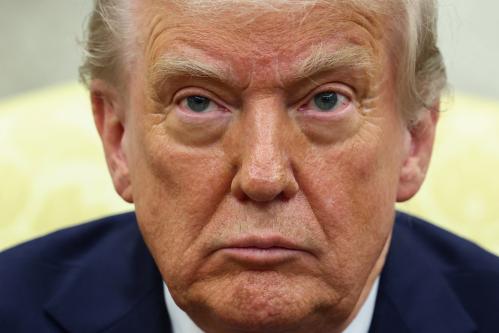You may recall reading an exposé by ProPublica about how thousands of wealthy Americans have avoided paying taxes. Or perhaps you read the New York Times’s revelatory articles about the taxes of former President Trump, who broke presidential tradition by refusing to release his tax returns. The New York Times and ProPublica stories were the result of intentional data leaks by a former IRS contractor, who was sentenced on Monday to five years in prison, the maximum sentence. The leak, a data breach that is apparently unique in the history of the IRS, was described by the sentencing judge as “an attack on our constitutional democracy.”
Given the strict rules in place today, it might come as a surprise that, historically, federal income tax returns have sometimes been public information — a policy justified as a defense of democracy against corruption. On three occasions, the federal government has made income tax information publicly available. These experiments in tax transparency occurred back when only very high-earning people paid federal income taxes. Each time, publicity provoked substantial opposition from wealthy taxpayers, and was quickly overturned.
Under the first federal income tax, implemented during the Civil War, income tax returns were not deemed confidential information. By 1864, it was common for newspapers to print local taxpayers’ names, incomes, and the taxes they paid. The Bureau of Internal Revenue barred this practice in 1870, but members of the public could still review taxpayers’ returns. One of the major arguments against the income tax was its invasion of citizens’ privacy — a famous 1862 cartoon entitled “The Home of the American Citizen after the Tax Bill Has Passed” shows tax collectors looking under the taxpayer’s bed and even peeking under his wife’s crinolines. In part because of privacy arguments, the income tax was allowed to lapse after the war.
The modern income tax, implemented in 1913, did not include language automatically making return information public. But representatives of rural America repeatedly called for greater transparency, arguing it would reduce tax evasion by the northeastern industrial elite. Senator Robert Howell (R-Neb.) insisted that “secrecy is the greatest aid to corruption” and that “the price of liberty is not only eternal vigilance, but also publicity.” In 1924, the tax payments of wealthy figures were again made subject to public scrutiny. Among those whose tax data made headlines was Andrew Mellon, the millionaire industrialist and Secretary of the U.S. Treasury. From his powerful perch in President Coolidge’s cabinet, Mellon fervently opposed tax publicity, and the measure was overturned only two years later. (Interestingly, Mellon was later tried for tax evasion.)
The final period of income tax publicity came in the early years of the New Deal, and once again wealthy taxpayers were quick to mobilize against the policy. Taxpayers were supposed to complete and submit a “pink slip” with their income tax returns; the slip included only the top-line tax information that would be publicly available. A group calling itself the “Sentinels of the Republic,” bankrolled by an heir to an industrial fortune, organized what we would today call an Astroturf campaign against income tax publicity. An “avalanche of indignant telegrams and letters, many of them identical, inundated Congress,” explains tax historian Mark Leff. Taxpayers were provided with stickers to attach to their pink slip, reading, “I protest against this outrageous invasion of my Privacy.” Within a few weeks, Congress reversed itself, ending federal individual income tax publicity in the United States.
The political turmoil induced by federal income tax publicity is somewhat strange, given that property tax information is a matter of public record in America. And public income tax information is the rule in several Nordic countries, as well. In Norway, for example, income tax records are searchable online — and taxpayers can also see who has searched for them. The taxes of high-earning Finns are regularly reported in the papers, and the annual data release is jokingly referred to as “National Jealousy Day.”
The barriers to income tax publicity are therefore not insurmountable. But though it is certainly plausible that income tax publicity would increase transparency and reduce evasion, it is even clearer that such a policy in the United States would face a powerful opposition.
The Brookings Institution is committed to quality, independence, and impact.
We are supported by a diverse array of funders. In line with our values and policies, each Brookings publication represents the sole views of its author(s).







Commentary
Should income tax information be public?
February 5, 2024